Most of the zero-background sample holders we make are designed with permanently affixed plates. We prefer this dramatically as loose plate are constantly getting dropped, chipped, or lost. However, a permanently affixed plate also gives us the freedom to precisely (within about 0.02mm) set the depth of the plate below the plane of diffraction. This can make a big difference in the results depending upon the volume of powder loaded as the standard “flush mount” puts the plate exactly in the plane of diffraction. This works fine for very small volumes, but it does guaranty the there will be a displacement error of some magnitude regardless of the particle size or volume. For this reason, we always offer custom recessing as an option. The only drawback to the permanently affixed style of mounting is that the offset (or flush mounting height) cannot be changed. Our preferred solution is to simply create a set of holders with various depths to accommodate different sample thicknesses, but we had a request recently for an infinitely variable mounting solution.
Complicating the project is that the holder was to be used in a D2 Phaser with a 6 position autosampler which does not use the same style of base holder as the single-sample variant or any other Bruker XRD that we’re aware of. We discussed several options. The large number of heights needed made multiple holders, spacers, and any other solution that relied on discreet steps unacceptable. The thin-walled sample bases and relatively tight dimensions made a screw-in insert unrealistic as well. The final solution was to build a custom tool for setting the ZBH at a specific depth. This requires the user to work with bare Si plates, but it meets all the design criteria and we’re hopeful that this will work well for them.
The tool is made from acetal (Delrin) plastic which is extremely resistant to chemicals, adhesion, and abrasion. It’s actually an ideal material for threaded parts and machines very well.

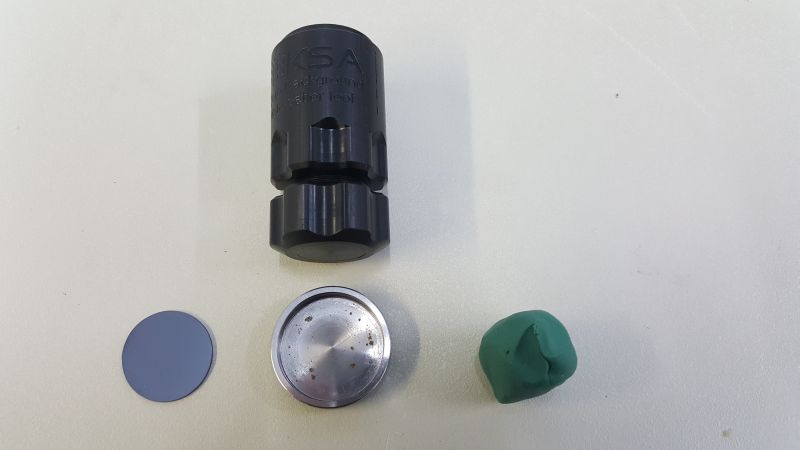
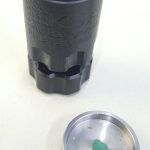
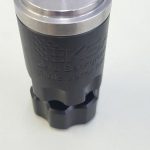
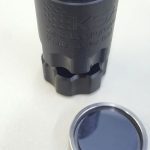
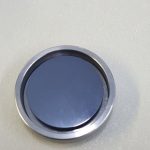

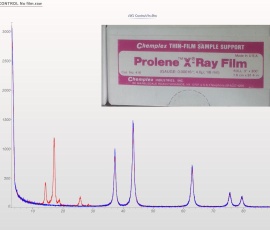
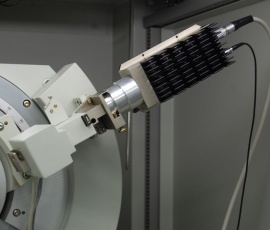
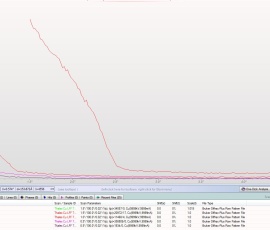
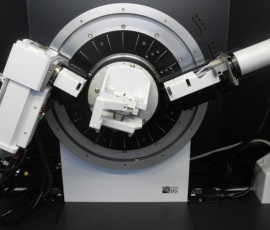
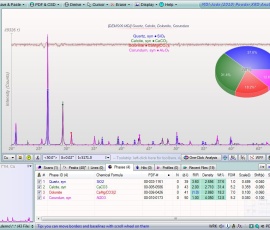
Sorry, the comment form is closed at this time.